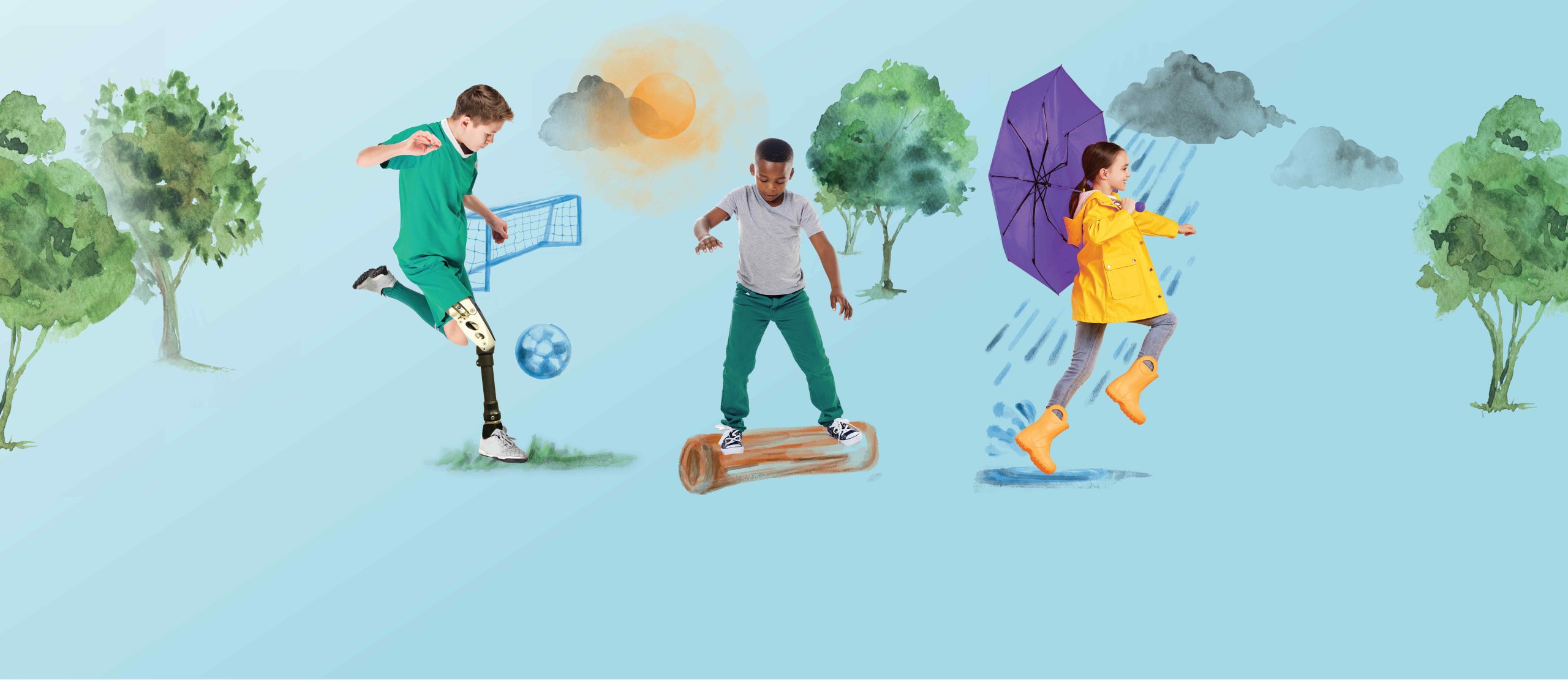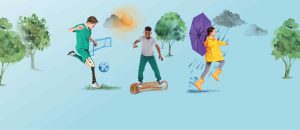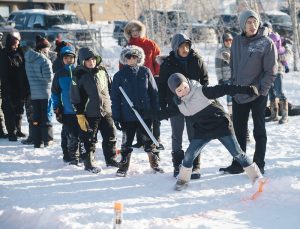Did you know that the number of annual weather alerts in Canada has more than doubled in the past decade? Recent increases in extreme weather events and natural disasters, like forest fires, floods and heatwaves across the country, have made the impacts of a changing climate, the need for relief, and community and individual resilience top-of-mind. The impacts of climate change have become something we can now see, feel, touch, smell and hear in our daily lives.
Introducing the 2024 ParticipACTION Report Card on Physical Activity for Children and Youth
The ParticipACTION Report Card on Physical Activity for Children and Youth is the most comprehensive assessment of child and youth physical activity in Canada. The 2024 edition, Rallying for Resilience: Keeping Children and Youth Active in a Changing Climate, highlights how the current and future effects of climate change could be particularly harmful for kids’ physical activity, and how we can collectively help children and youth face adversity, move more and build resilience.
The 2024 Report Card reveals higher grades than the 2022 edition in some areas, including overall physical activity coming in at a D+, an increase from a D at the height of the pandemic. While the overall physical activity grade has improved, a D+ is still undesirable. As we continue to slowly recover from the pandemic’s effects on physical activity, the impacts of climate change continue building upon pandemic-related challenges for kids.
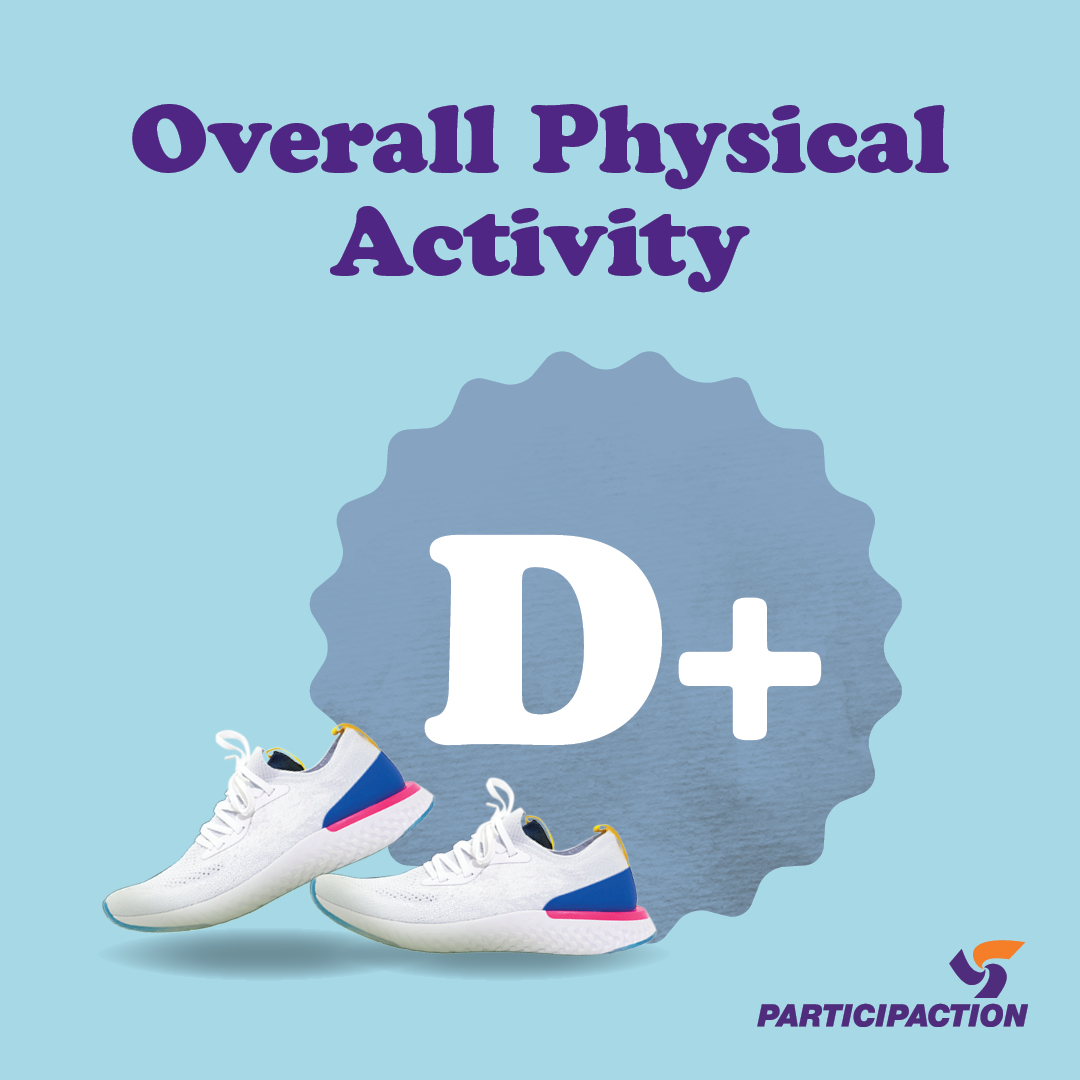
What’s the link between climate change and kids’ physical activity?
Because of their smaller airways and need to breathe more quickly, children face special risks from air pollution, inhaling more (polluted) air than adults. This could put them at greater risk of developing lung disease as they age.
Unfavourable weather and climate conditions, such as heatwaves, heavy rain and smoke-filled air, can lead to recesses and outdoor sport and recreation activities being cancelled, and more time spent indoors being sedentary and using screens.
With overall physical fitness directly impacting the ability to tolerate heat, it’s possible that children being less fit than ever before could also impact how well they can deal with the rising temperatures of a changing climate. Plus, given that children can’t regulate their temperature in extremely hot and cold climates as well as adults can, this puts them at greater health risk in extreme temperatures before even considering physical fitness levels.
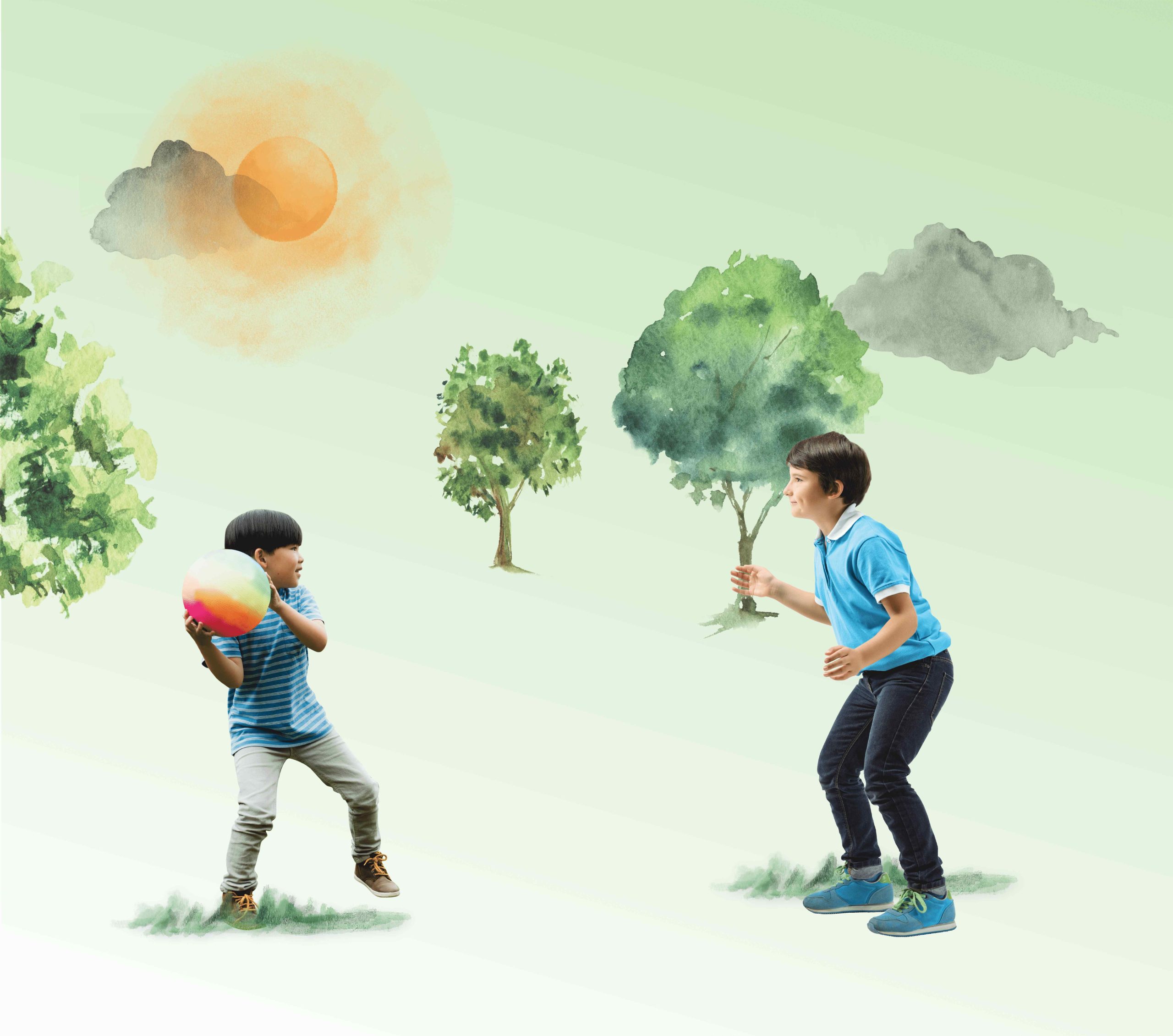
How to keep kids active in a changing climate
The 2024 Children and Youth Report Card shares several recommendations for parents, guardians and support networks, schools and educators, and governments on keeping kids active in a changing climate. Here are some key ones:
Tips for parents, guardians and support networks
- Openly discuss climate change with your children and encourage them to get active outdoors and, when possible, in nature, to reduce eco-anxiety and boost their understanding and appreciation of nature and environmental conservation.
- Consider letting your kids walk, wheel, cycle, skateboard, scooter or take public transit to school, stores, parks and activities (or join them) to boost their physical activity and reduce carbon emissions and air pollution.
- Encourage indoor active play, such as yoga, Simon/Simone Says or charades, especially if your kids face barriers to outdoor play, such as limited mobility and accessibility, and during extreme climate events like poor air quality alerts and heat warnings.
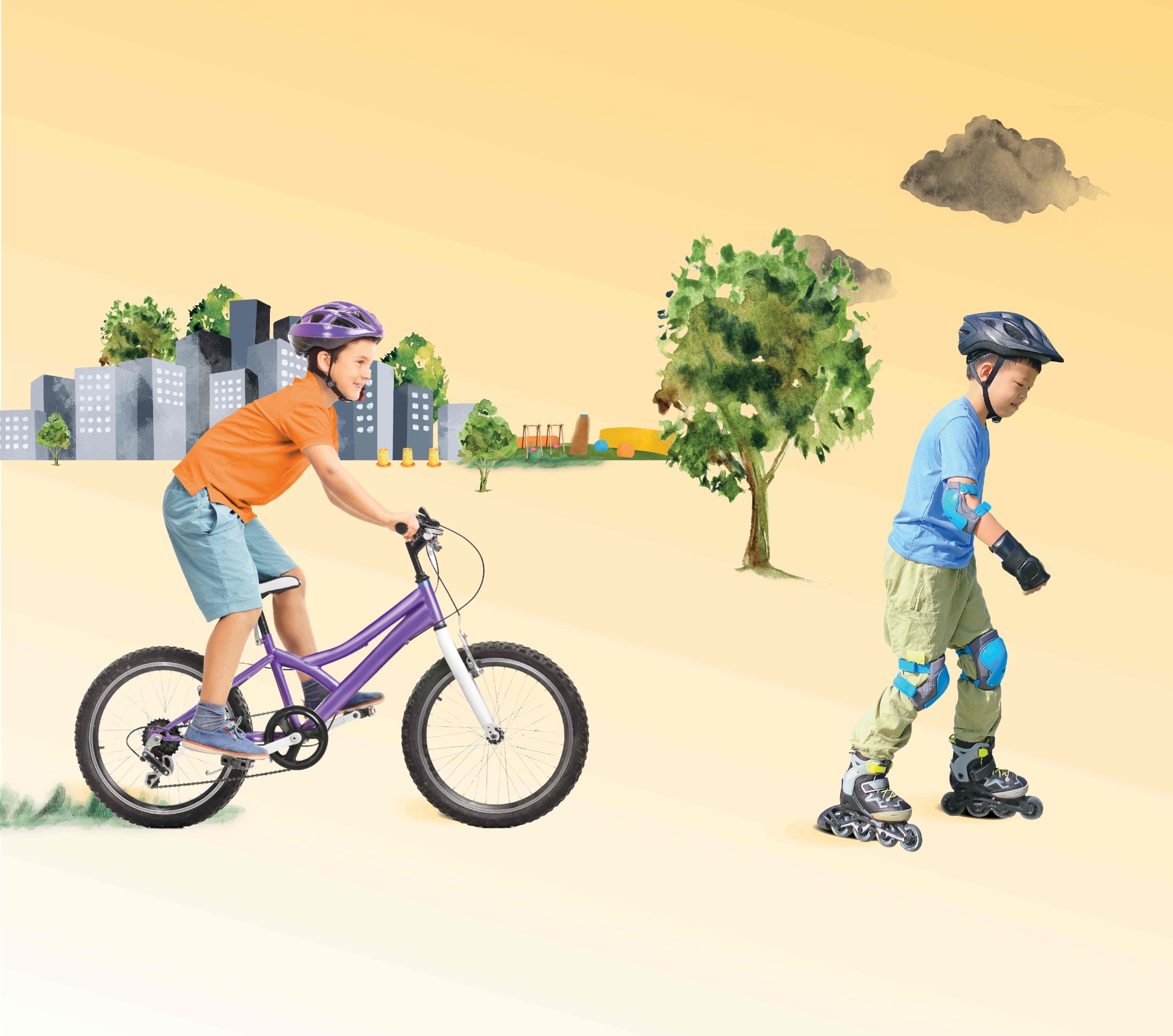
Suggestions for schools and educators
- Implement daily physical activity policies and strategies to protect active play when recess is moved indoors because of climate-related risks.
- Integrate the topic of climate change into the physical education curriculum, including the causes, health effects and possible prevention measures.
- Address safety concerns surrounding active transportation by educating students’ parents, guardians and/or support networks about the low risks involved and encouraging students to travel with their peers (e.g., “walking school bus”).
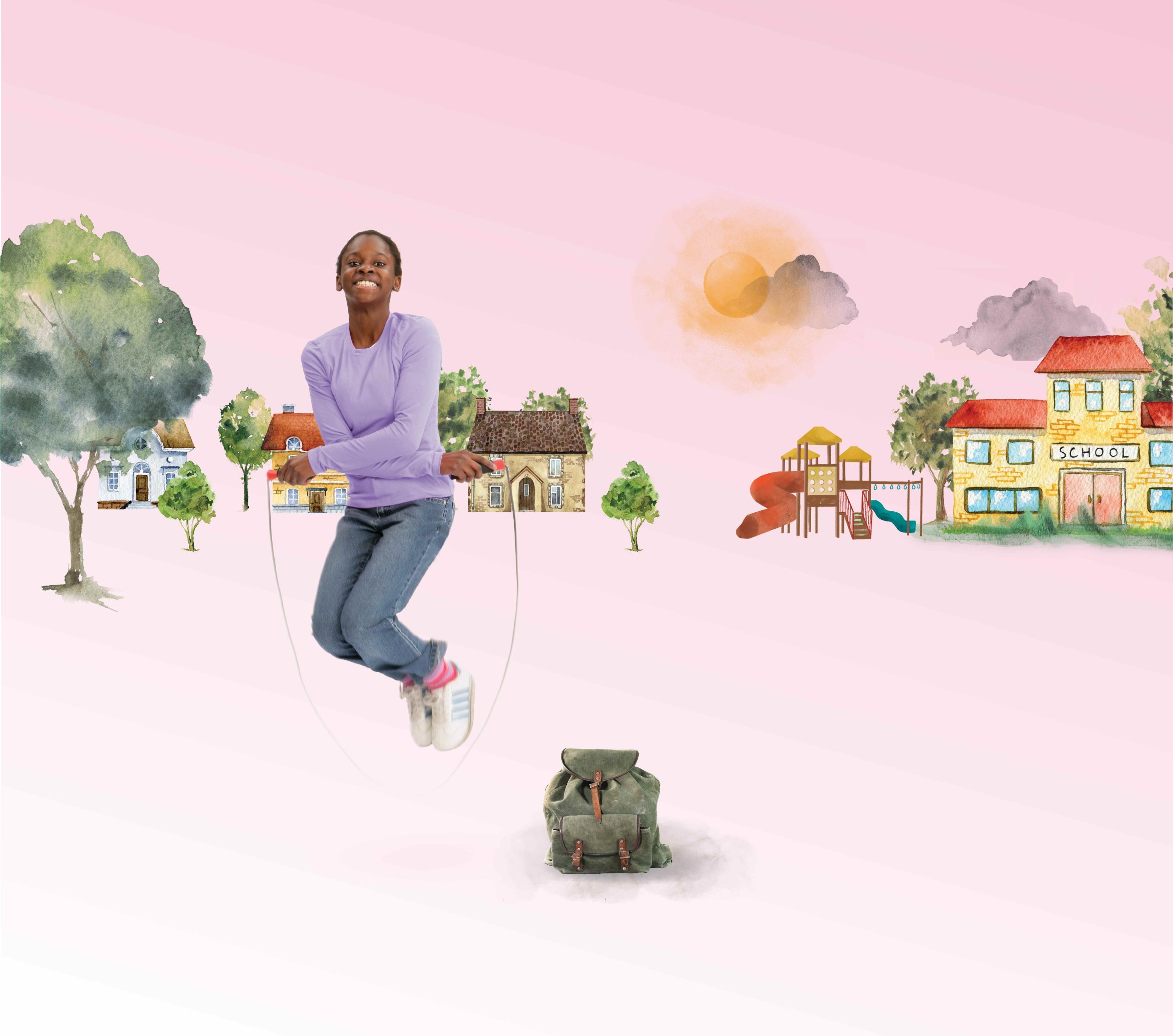
Recommendations for governments
- Increase investment in national/provincial parks and recreation and sport facilities to improve children and youth’s access to physical activity opportunities, potentially benefit planetary health, and provide spaces for kids to avoid climate-related risks (e.g., air quality, heat advisories).
- Invest in increasing access to active and public transportation, ensuring that full routes to and from schools and other daily commitments are available, accessible and well maintained. This can improve physical activity levels and reduce carbon emissions and air pollution.
- Ensure indoor recreational facilities have high-quality air filtration and purification systems and develop plans to open facilities for free or at reduced costs to the public during weather and air quality alerts.
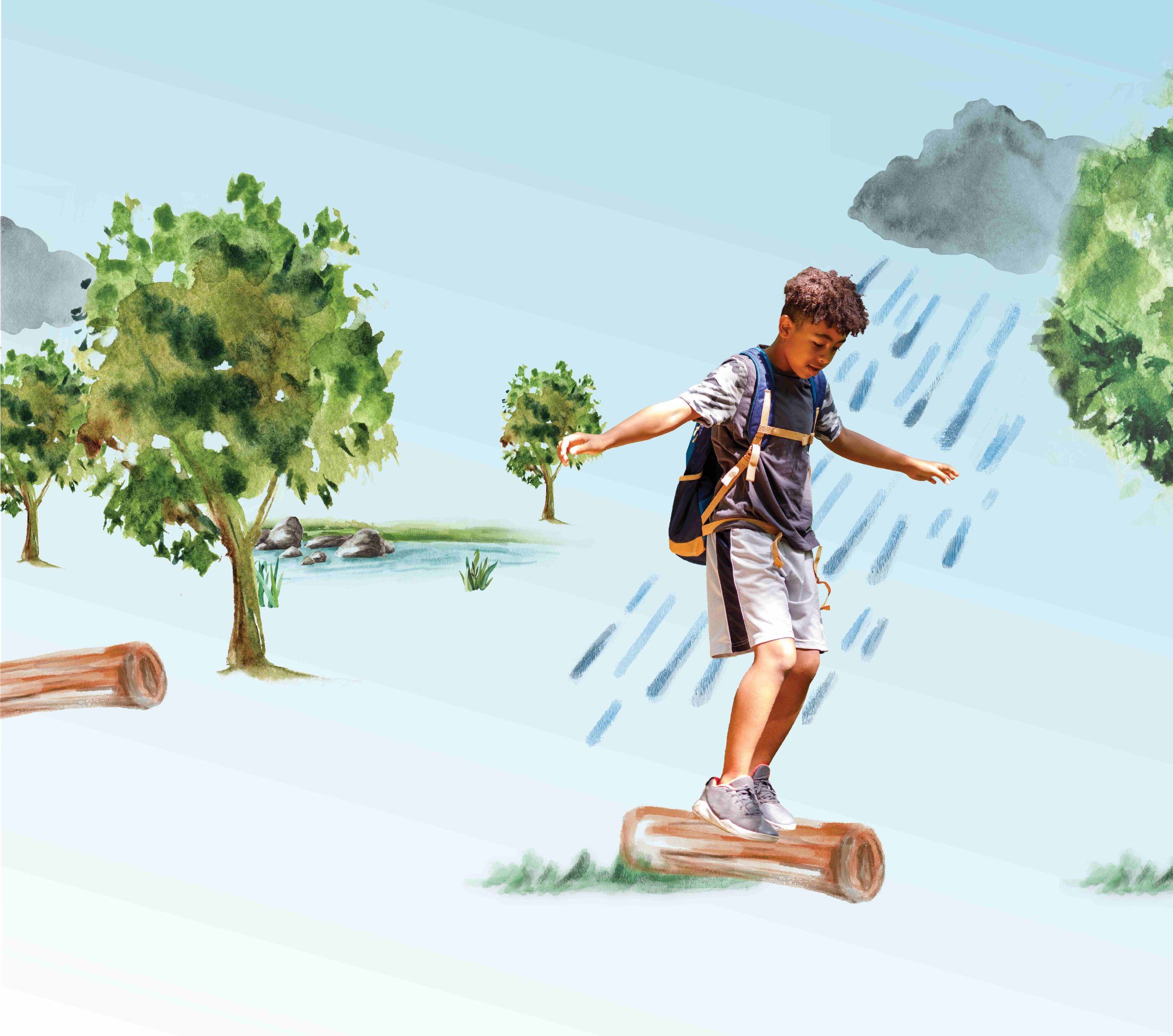
Physical activity can help relieve the negative health impacts of climate change, and multiple sectors and people need to work together to get and keep children and youth active in a changing climate – inside and outside, rain or shine. By rallying for resilience, we can begin to future-proof the next generation, preventing further climate-related impacts on kids’ physical activity.
For more tips, visit the 2024 ParticipACTION Report Card on Physical Activity for Children and Youth webpage, where you’ll find tip sheets for parents, guardians and support networks, schools and educators, and governments.


